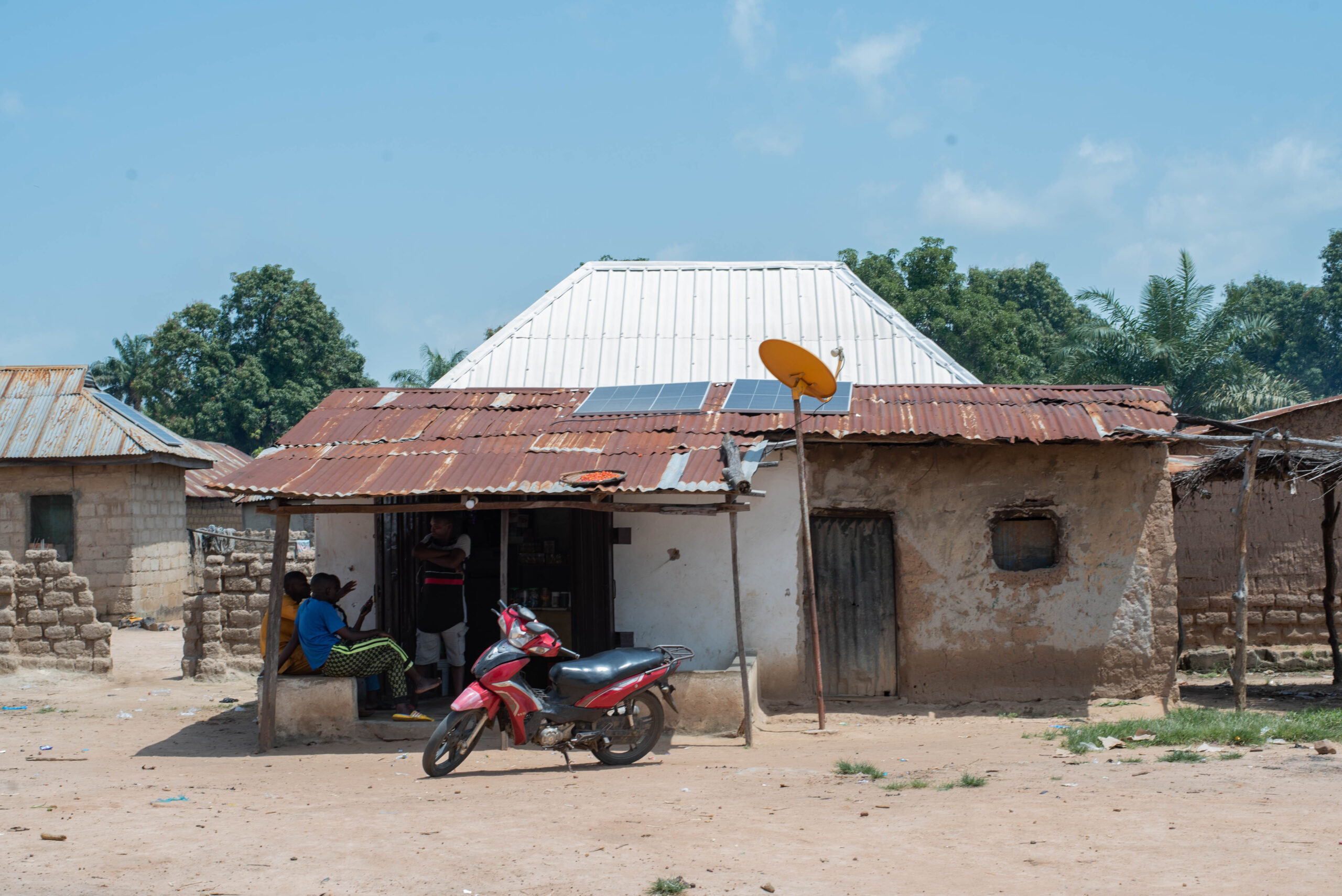Sign up for daily news updates from CleanTechnica on email. Or follow us on Google News!
When I first heard the term “mesh-grids,” I wasn’t sure what to think. Was this just a new name for mini-grid projects or some sort of connection between solar home systems? In fact, mesh-grids are a combination of both, and have quickly become a viable option for last-mile communities looking for reliable and affordable clean energy. Essentially, a mesh-grid is a connection of individual clean energy installations which are able to function collaboratively as a unit to provide reliable clean energy. By combining the energy potential of mini-grids with the ease of use and low cost of solar home systems (SHS), mesh-grids are well-suited for many communities still in need of electrification.
Mesh-grids are able to offer a more affordable solution than traditional off-grid installations, oftentimes costing just 60% of the cost of mini-grids. While the power potential of mini-grids make them a viable solution for densely populated areas, they are too expensive for rural areas with low population densities. Prohibitive costs for distribution in mini-grids (conductors and poles) as well as the higher operation and maintenance costs are due to higher voltage equipment and diesel fuel costs for hybrid mini-grids. On the other hand, SHS provide the simplicity and speed of installation that is required by last-mile electrification. Unfortunately, due to the size limitations of a solar home system they often cannot provide enough energy for businesses and other large energy consumers.
Mesh-grids offer several advantages for areas that are not in need of commercial-sized energy loads. These include the optimization of energy transfer to reduce loss, as well as households being able to connect via SHS which can be integrated into the mesh-grid at any time when there are connections nearby. This is due to node-to-node distribution in mesh-grids, significantly lowering the power going through the line, and as a result, the distribution cost compared to centralized mini-grids.
 Chip in a few dollars a month to help support independent cleantech coverage that helps to accelerate the cleantech revolution!
Chip in a few dollars a month to help support independent cleantech coverage that helps to accelerate the cleantech revolution!
Node-to-node distribution requires cables that are only one-tenth the size of those required for centralized mini-grids, reducing the cost of distribution by 90% compared to the mini-grids. In an environment where solar PV and battery prices are coming down, this is a key selling point for mesh-grids scaling up in the future. Another advantage of mesh-grids is the safety that comes with the low voltage 50V DC, allowing people familiar with solar home systems to work on the projects and not requiring trained technicians. Mesh-grids are also typically configured with an AC inverter on the output so households can enjoy using AC appliances that are readily available.
Okra Solar, the leading mesh-grid startup, has devised several methods to ensure that energy can be spread between producers within a community. In addition to distributing between households with generation and storage installed, the company also developed the Hub & Spoke model, which allows larger systems to be installed at productive hubs and excess power to be distributed to low and medium users who only have a meter installed at their premises for a low cost. This prioritizes energy availability for productive users while ensuring access to the entire community. Further capabilities for Okra Mesh-Grids include the stacking of Okra Pods, which allow the output to multiply from 1.2 kW to 4.8 kW so that higher power users can have their needs met.

Mesh-grids have thus far made waves across several continents. In Nigeria, with the largest off-grid market in the world, there are over 18 million off-grid households. With no licensing required and no tariff restrictions for projects under 100 kW, this is a prime potential market. Okra Solar has also been a player in Haiti, where there are an estimated 1.2 million off-grid houses. The development of mesh-grids in the country has been aided by the fact that ANARSE (National Regulatory Authority for the Energy Sector) has been flexible on tariffs for approved private developers. Mesh-grids have been part of the government program to bring energy to all of the country and have thus far been supported by the Off-Grid Energy Access Fund, with 10,000 people receiving power through mesh-grids and an expected 40,000 people set to be energized by mesh-grids by the end of the year.
I was fortunate to sit down for a conversation with Afnan Hannan, CEO of Okra Solar, to discuss the capabilities of mesh-grids in the future. As a pioneer of mesh-grids, Afnan hoped to get productive use of energy out to the furthest off-grid communities globally. One of the challenges up to this point has been making last-mile electrification economically viable for companies within the country. Okra Solar addresses this by providing both lower cost infrastructure and also providing data and insights that encourage more energy consumption through the use of appliance financing & targeted productivity. Afnan emphasized that one effective approach to last-mile communities is to target those that have relied on diesel generators, a costly and unclean alternative. By providing mesh-grids, Okra Solar allows savings to increase while providing a more consistent and cleaner source of power.
Have a tip for CleanTechnica? Want to advertise? Want to suggest a guest for our CleanTech Talk podcast? Contact us here.
Latest CleanTechnica TV Video
CleanTechnica uses affiliate links. See our policy here.




